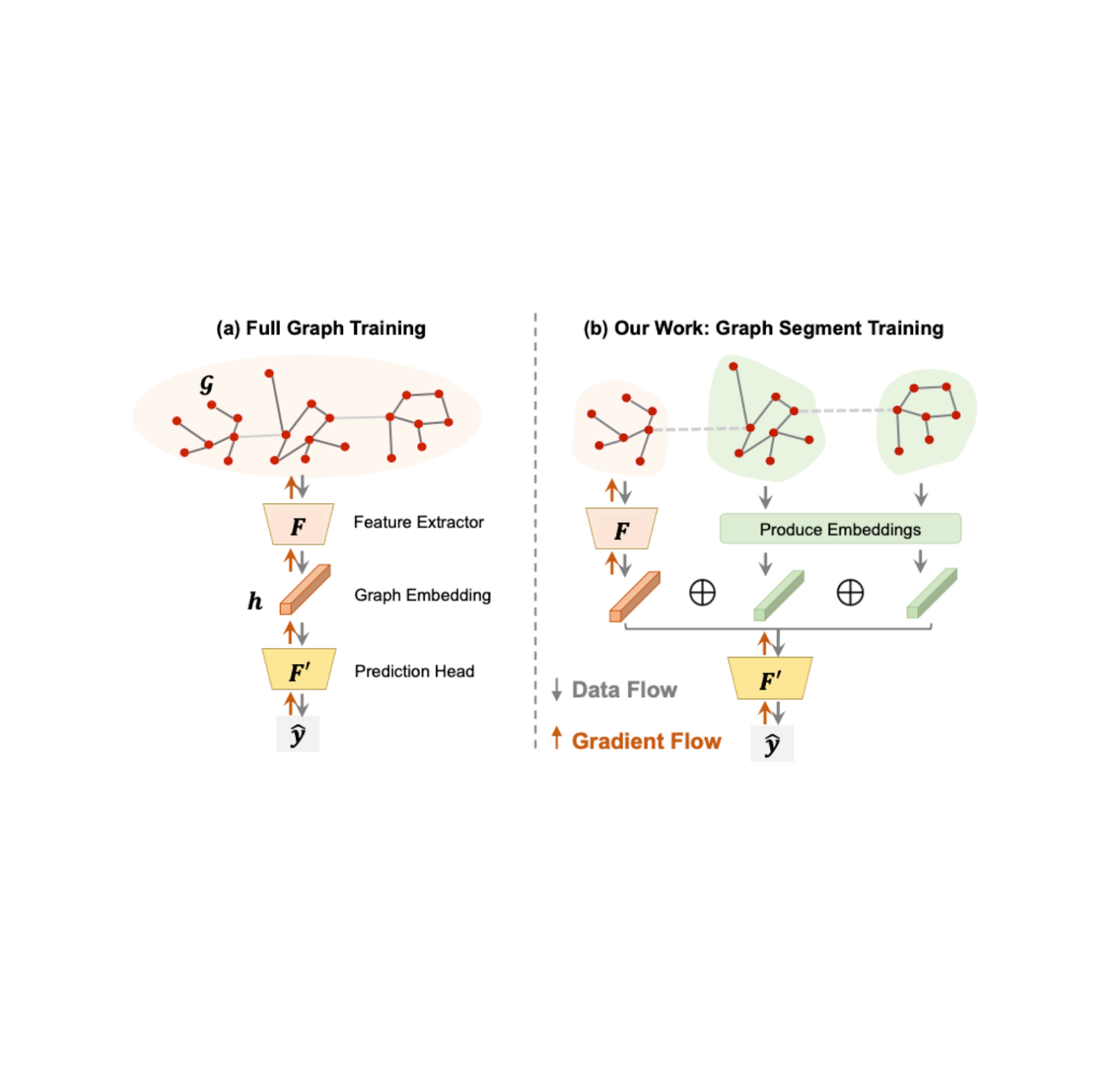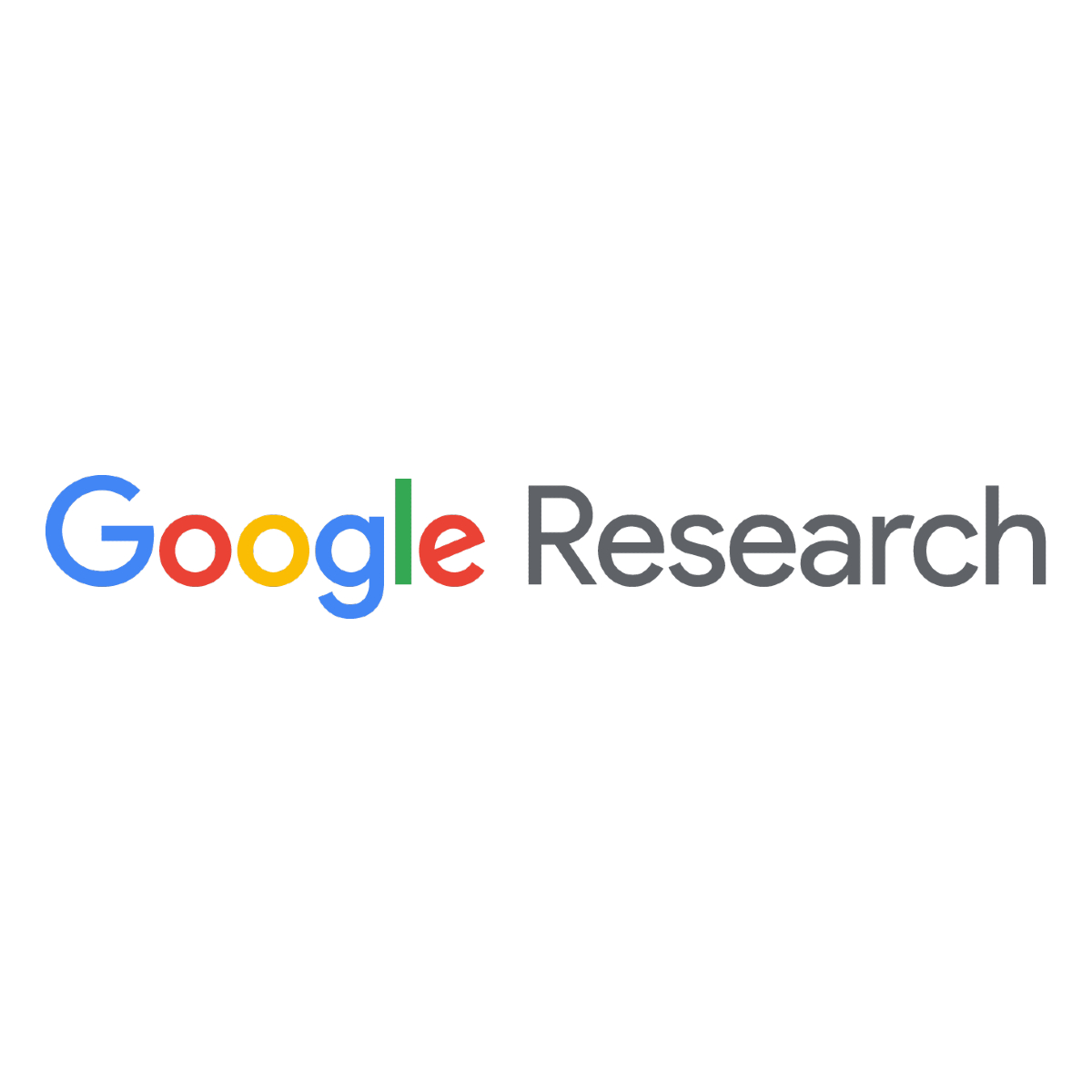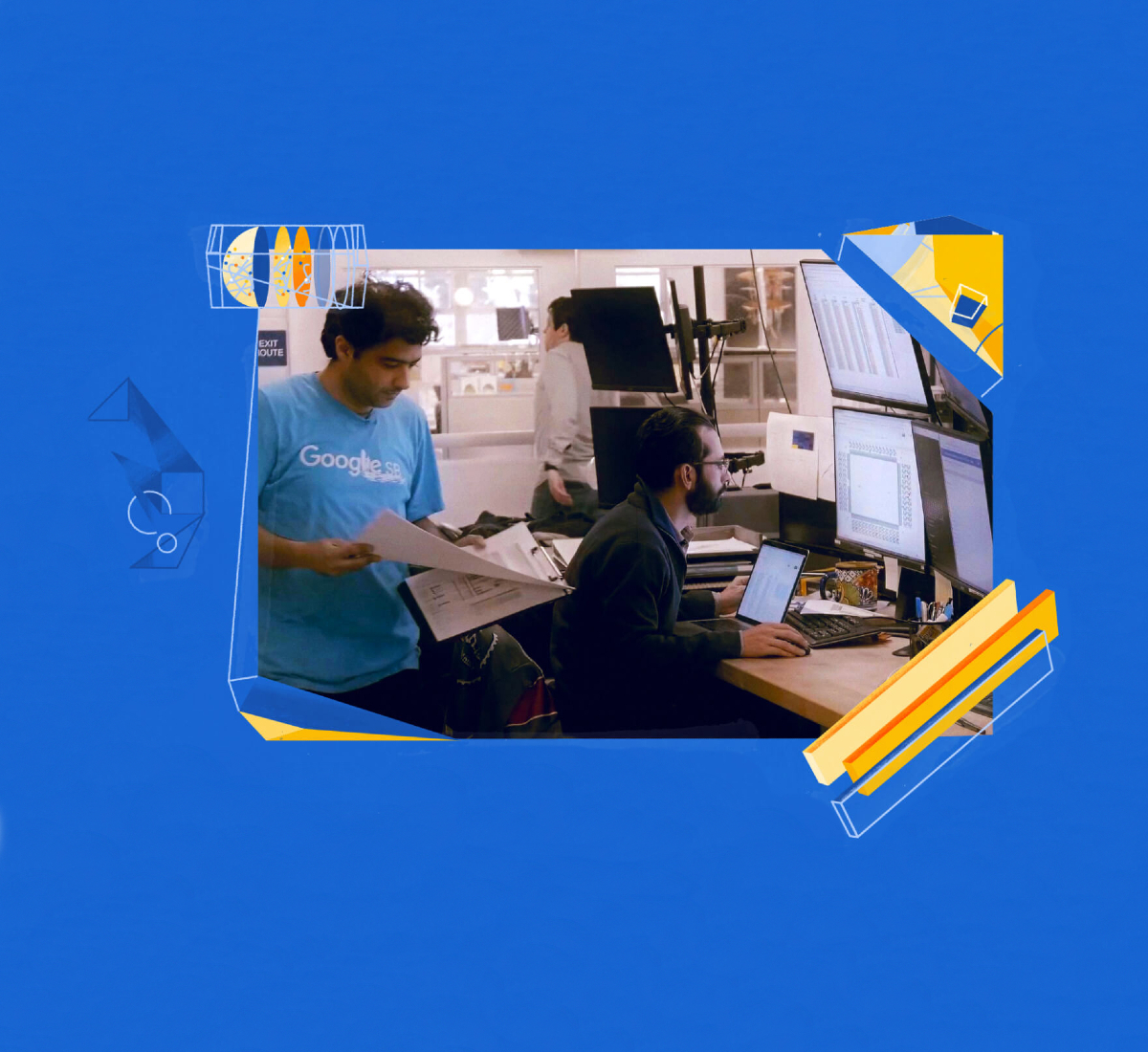
Groundbreaking simulations by Google Exacycle Visiting Faculty
December 16, 2013
Posted by David Konerding, Staff Software Engineer
Quick links
In April 2011, we announced the Google Exacycle for Visiting Faculty, a new academic research awards program donating one billion core-hours of computational capacity to researchers. The Exacycle project enables massive parallelism for doing science in the cloud, and inspired multiple proposals aiming to take advantage of cloud scale. Today, we would like to share some exciting results from a project built on Google’s infrastructure.
Google Research Scientist Kai Kohlhoff, in collaboration with Stanford University and Google engineers, investigated how an important signalling protein in the membrane of human cells can switch off and on by changing its three-dimensional structure following a sequence of local conformational changes. This research can help to better understand the effects of certain chemical compounds on the human body and assist future development of more potent drug molecules with fewer side effects.
The protein, known as the beta-2 adrenergic receptor, is a G protein-coupled receptor (GPCR), a primary drug target that plays a role in several debilitating health conditions. These include asthma, type-2 diabetes, obesity, and hypertension. The receptor and its close GPCR relatives bind to many familiar molecules, such as epinephrine, beta-blockers, and caffeine. Understanding their structure, function, and the underlying dynamics during binding and activation increases our chances to decode the causes and mechanisms of diseases.
To gain insights into the receptor’s dynamics, Kai performed detailed molecular simulations using hundreds of millions of core hours on Google’s infrastructure, generating hundreds of terabytes of valuable molecular dynamics data. The Exacycle program enabled the realization of simulations with longer sampling and higher accuracy than previous experiments, exposing the complex processes taking place on the nanoscale during activation of this biological switch.
The paper summarizing the results of Kai’s and his collaborators’ work is featured on the January cover of Nature Chemistry, with artwork by Google R&D UX Creative Lead Thor Lewis, to be published on December 17, 2013. The online version of his paper was published on their website today.
We are extremely pleased with the results of this program. We look forward to seeing this research continue to develop.
-
Labels:
- Programs


